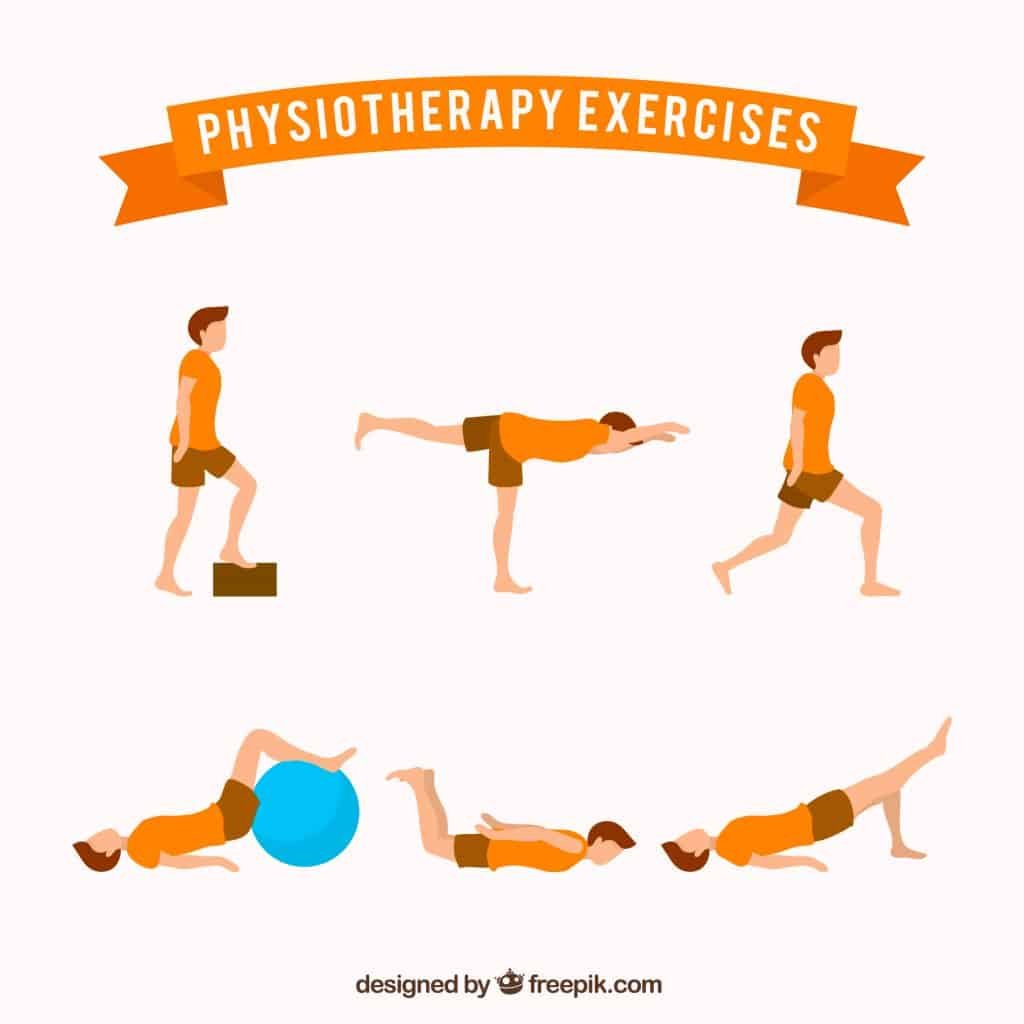Unlock your athletic potential with the power of plyometrics. Plyometric exercises, also known as jump training or plyos, can help improve strength, speed, and overall performance. This article dives deep into the world of plyometrics, offering insights into its benefits, techniques, and practical examples.
Understanding Plyometrics
Plyometrics is a type of high-intensity training that involves rapid and powerful movements designed to increase strength and speed. It works by stimulating the muscles to exert maximum force in the shortest possible time. Originating from the Greek words “pleio” (more) and “metric” (measure), plyometrics essentially means “measurable increases”.
The Science Behind Plyometrics
Plyometric exercises utilize the principle of the stretch-shortening cycle (SSC). The SSC is a natural process in the body where a muscle lengthens before it quickly shortens or contracts. It comprises three phases: eccentric, amortization, and concentric. Plyometrics harness this cycle to enhance muscle power.
Benefits of Plyometric Training
- Improved Athletic Performance: Plyometrics can boost agility, speed, and power, enhancing performance in sports that require quick and powerful movements such as basketball, soccer, and tennis.
- Increased Muscle Strength: These exercises help increase muscle size and strength by challenging the muscles in diverse and intense ways.
- Better Balance and Coordination: Plyometric training can improve proprioception, the awareness of body position, which in turn leads to better balance and coordination.
- Enhanced Cardiovascular Fitness: The high-intensity nature of plyometrics can lead to increased heart rate and oxygen consumption, contributing to improved cardiovascular health.
Effective Plyometric Exercises
Here are a few examples of plyometric exercises for various skill levels:
- Beginner: Squat Jumps: Start in a squat position and explosively jump as high as you can. Land softly and immediately sink back into the squat position.
- Intermediate: Box Jumps: From a standing position, jump onto a sturdy box or platform, then jump back down. Repeat.
- Advanced: Depth Jumps: Stand on a box or platform, step off, land and immediately jump vertically, horizontally, or onto another box. This exercise increases reactive strength.
Precautions and Safety Tips
Plyometric training is intense, and it’s crucial to take safety precautions to prevent injuries. Here are a few tips:
- Proper Form: Always prioritize proper form over the intensity or speed of the exercise.
- Warm-Up: Engage in a proper warm-up routine before beginning a plyometric workout to prepare your muscles and joints.
- Progress Gradually: Start with basic exercises and gradually increase the difficulty as your strength and conditioning improve.
- Rest: Allow ample rest between workouts to give your muscles time to recover and grow.
Conclusion
Plyometric exercises offer a multitude of benefits, from improved athletic performance and increased muscle strength to better balance and cardiovascular health. When performed correctly and safely, they can be a powerful tool in any fitness enthusiast’s arsenal. Whether you’re a seasoned athlete or a fitness novice, incorporating plyometrics into your routine can take your training to new heights.

